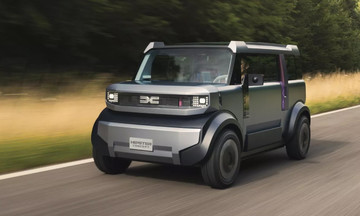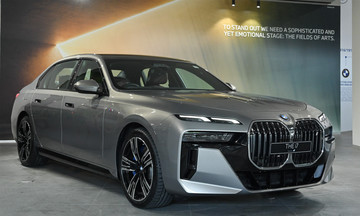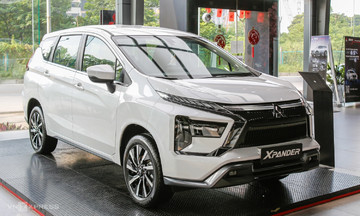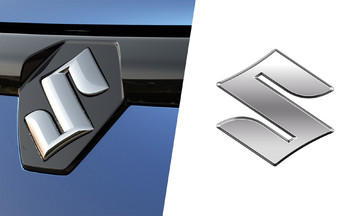A new safety technology for electric vehicles (EVs), jointly developed by the China Automotive Technology and Research Center and Joyson Electronics, can eject the battery from the vehicle within one second in the event of a thermal runaway. This effectively separates the car from the potentially hazardous battery.
The system operates similarly to an airbag. If sensors detect a thermal event, the system can trigger the ejection process in less than a second, propelling the battery 3-6 meters away from the vehicle. The goal is to protect occupants from the risk of fire or even explosion.
Immediately after ejection, a specialized blanket is used to cover the battery pack, preventing potential combustion.
The vehicle in the demonstration video is reportedly a Bestune model, a subsidiary of FAW Group.
According to the developers, the system only activates under specific conditions: the vehicle must have at least 6 meters of clear space on its side and no flammable materials nearby. The system not only filters out false alarms from sensors (such as instantaneous temperature fluctuations in high-temperature environments), but also relies on radar, cameras, and other onboard sensors to assess the vehicle's current location and surroundings before deciding whether to activate the ejection process.
However, this seemingly safe technology has sparked widespread criticism and skepticism on Chinese social media, raising concerns about a potential safety paradox.
While designed to protect car occupants, ejecting a battery weighing hundreds of kilograms generates significant force. If activated in crowded areas like city streets or residential zones, the ejected battery could strike pedestrians, vehicles, or other objects, causing secondary injuries.
Even if the battery lands in a clear area, it can still ignite outside the vehicle's protective structure, potentially setting fire to roadside vegetation, parked cars, or even buildings. This essentially transfers the risk from "inside the car" to "outside the car." The technology is especially unsafe in enclosed or congested environments like tunnels, underground garages, and busy roads. Tunnels lack sufficient space for the battery to be safely ejected, and on crowded roads, the ejected battery could collide with other vehicles, exacerbating accidents.
One commenter wrote, "Are we trying to kill pedestrians instead of putting car occupants in danger?" Another stated, "This could completely wipe out children walking on the sidewalk."
The lack of legal liability regulations further complicates the use of this technology. Currently, China has no specific legal provisions or insurance mechanisms for battery ejection systems. If an accident occurs during ejection and causes damage to third parties, determining responsibility becomes ambiguous.
This ambiguity could leave victims uncompensated and embroil automakers and suppliers in protracted disputes.
Numerous technical challenges also raise doubts about the technology's feasibility. Achieving accurate activation thresholds is difficult. Furthermore, installing the ejection system significantly impacts the vehicle's structure. The force required for ejection could also cause electromagnetic or mechanical interference with critical vehicle systems like steering and braking, creating new safety vulnerabilities.
More concerningly, the technology deviates from the current direction of automotive industry development. The "Safety Requirements for Electric Vehicle Batteries," to be implemented in 7/2026, mandates that EV batteries must not "catch fire or explode" after thermal runaway. This implies that the industry's core focus is improving intrinsic battery safety, rather than relying on emergency measures like post-incident ejection.
My Anh (via Guancha)










